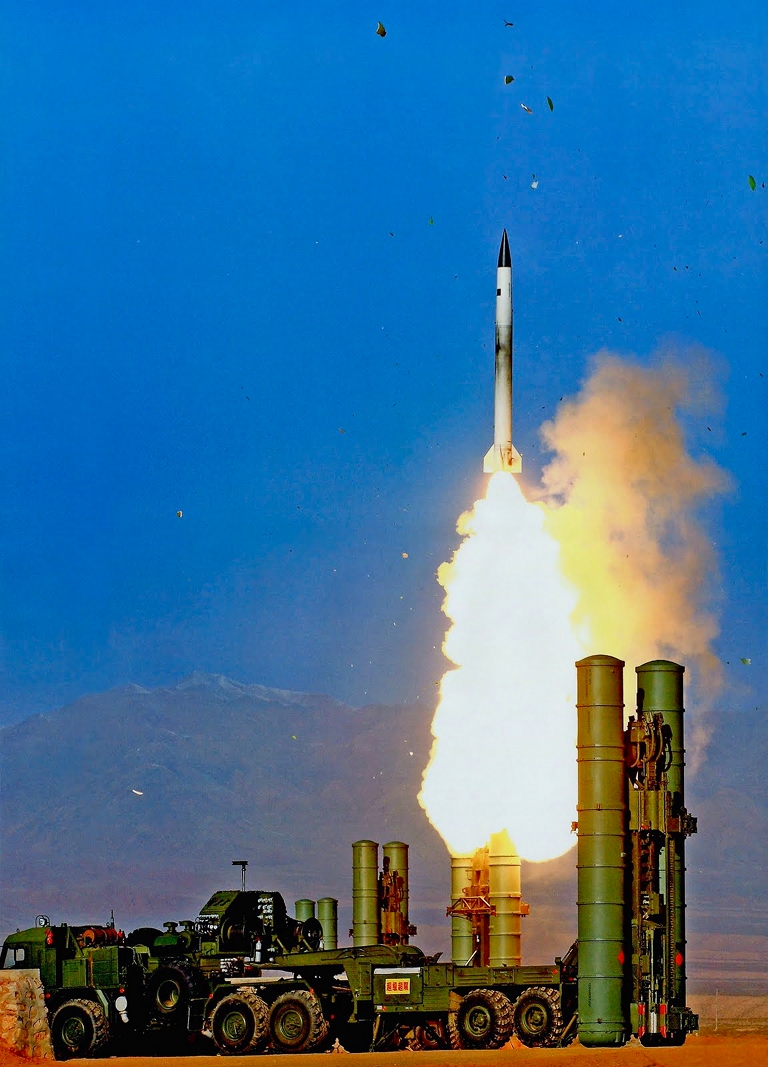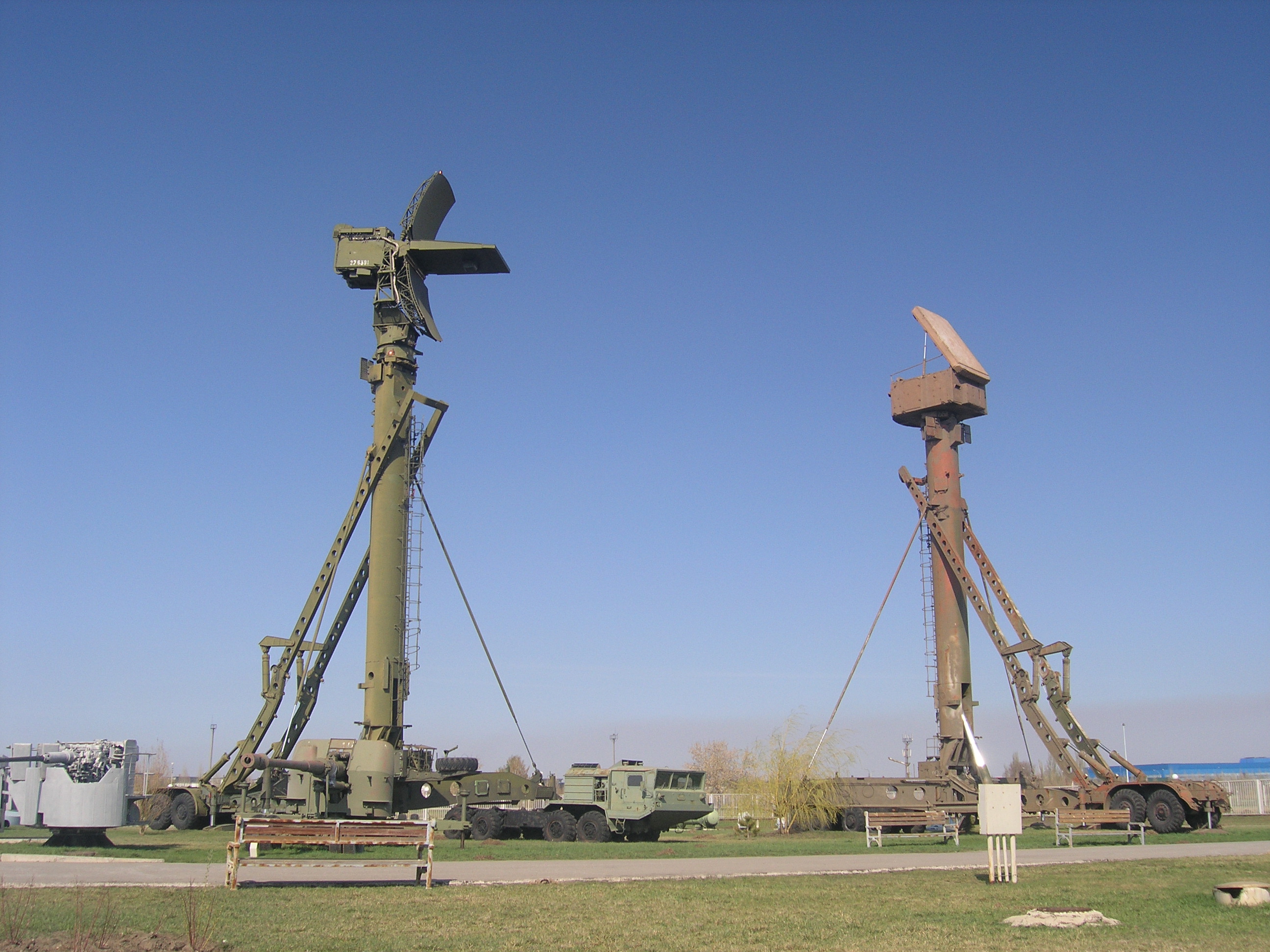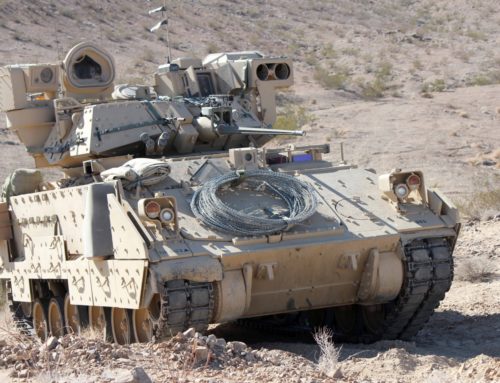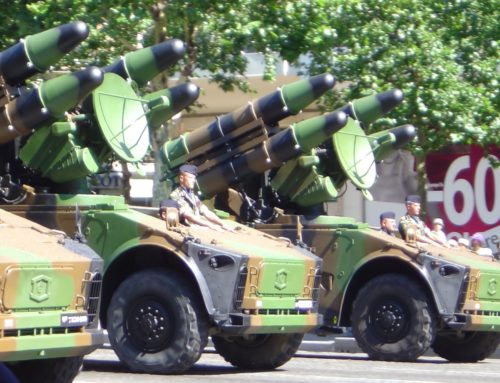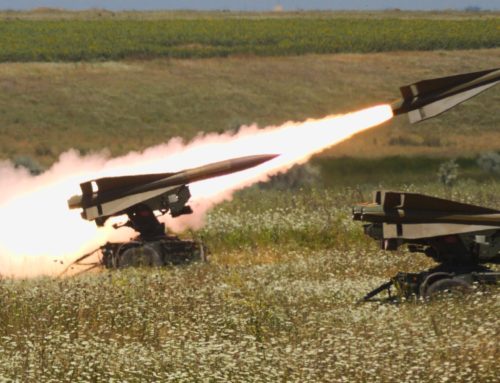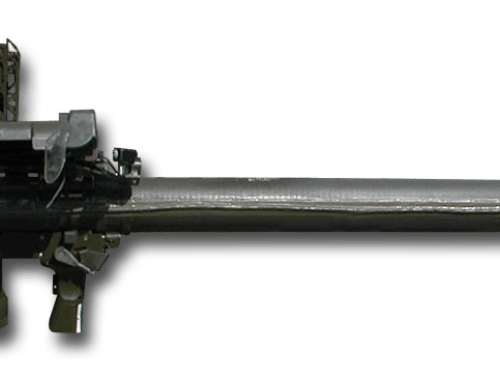The S300 (SA-10 Grumble) is a Soviet/Russian long range surface to air missile system that was designed as a long range anti aircraft and anti cruise missile system later upgraded to have counter ICBM abilities. In today’s TOTW article we will examine this deadly SAM and how we should go about defeating it.
A Brief History of the SA10/S300
Initially fielded in 1979 by the USSR, the S300 was deployed to protect large industry and key strategic targets around the soviet union. To avoid tedium the author will shorten the history of the SA10 substantially (there’s a lot of it). The first versions of the SA10 were used as area denial weapons in the high to low altitude environment thusly they recieved the GRAU designation S300P, P standing for PVO – Strany (country air defense system). Later versions of the S300 gained the ability to target ballistic and cruise missiles. The S300 was revolutionary for its time using Passive Electronically Scanned Array (PESA) allowing for multiple targets to be tracked and engaged at the same time.
The System
In reality the ‘grumble’ has been through a huge and constant modernisation program that covered almost every aspect of the SAM’s capability. Because of this the amount of missile types available to the system is quite simply vast. To avoid turning this article from a medium length ‘afternoon tea’ type of read, to a NATO 600 page document for advanced study, the author has chosen to focus purely on the system found in BMS.
The Missile
The SA-10 in BMS is the S-300PMU-1 (Authors note: Still unsure if this is the correct designation for the system in BMS however this is the benchmark based upon capabilities). This system is equipped with several missiles in reality such as; 5V55R, 48N6E and 48N6E2 missiles. The S-300PMU-1 can launch two new missiles, the 9M96E1 and 9M96E2. Both are significantly smaller than the previous missiles at 330 and 420 kg and carry smaller 24 kg warhead. The 9M96E1 has an engagement range of 1–40 km and the 9M96E2 of 1-120 km.
Before we move onto guidance, the author would like to make an additional note on the missiles and how the launch sequence works – based upon the positive feedback he received from the SA – 9 article. After a target has been located, illuminated and a firing solution calculated, the operator of the system will proceed to fire a missile. The missiles ‘throw out motor’ is fired and the missile is shot upwards out of the tube it is stored in from the TELAR. After it is clear of the launcher the main sustainer motor is fired and the missile will rise vertically and begin to arc over to track the target. Unlike the SAM’s we have discussed in the past, the SA-10 does not require a constant radar hardlock to guide the missile. The system uses ‘TVM’- Track via missile and passive radar guidance. This makes the SA-10 an exceptionally deadly threat to deal with because the SAM does not have to ‘give away’ its position by locking the target aircraft. Instead the radar provides inertial information to the missile to guide it to impact.
Guidance
In the previous segment the guidance type was revealed and explained. To avoid tedium this segment will briefly cover the types of radar that are part of the S330MPU-1 in BMS. The S300MPU-1 uses two radars in BMS, the ‘Clam Shell’ (76N6) acquisition radar and the ‘Flap Lid B’ (30N6). The Flap Lid B has a detection range of 50nm and operates in the I/J band. The Clam Shell has a acquisition range of 50km and operates in the H band (low altitude search radar)
How To Defeat the S300 MPU-1
To start I will outline a very important fact about facing the SA-10. Never attempt to kinetically defeat the SA-10, the missiles travel at Mach 6 and trying to outrun them is futile and will only result in you dying tired…
The most effective ways to defeat an SA-10 are terrain masking or using a specialised jamming platform such as the EA-18G ‘Growler’.
The most effective way to defeat an SA-10 is to destroy the Clam Shell and Flap lid radars and then eliminate all the launchers. Be aware that SA-16/14 are often inserted into the SA-10 battalions making CCIP/low altitude CCRP drops an extreme risk. Instead the author recommends the use of AGM 65D or other such equivalents to provide some standoff range. Additionally the use of IAMs (inertially aided munitions – such as glide bombs and cruise missiles) is also recommended.
A quick reference guide
An SA-10 site will usually contain;
- Several SA-10 TEL units
- 1X Flap Lid B Search/track Radar
- 1X Clam Shell low alt Search track Radar
- Several support vehicles like KRAZ trucks
- 2/3X SA-16/14 (theatre dependent) for close protection

